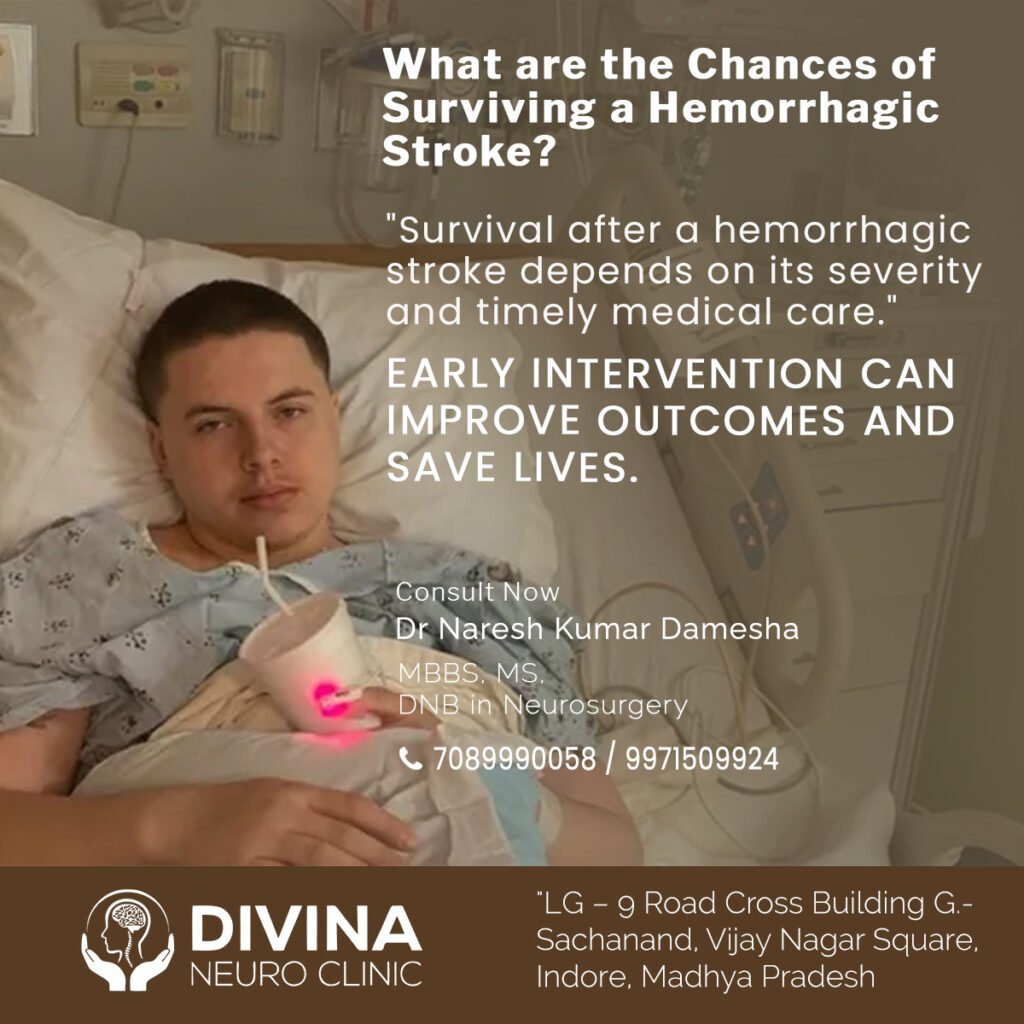What are the Chances of Surviving a Hemorrhagic Stroke?
What are the Chances of Surviving a Hemorrhagic Stroke?
A hemorrhagic stroke is a medical emergency that occurs when a blood vessel in the brain bursts, leading to bleeding (hemorrhage) in or around the brain.
This type of stroke is less common than an ischemic stroke, which is caused by a blood clot, but it is often more severe.
Understanding the chances of survival after a hemorrhagic stroke and the factors that influence recovery is crucial for patients, families, and caregivers.

What Happens During a Hemorrhagic Stroke?
When an artery in the brain bursts, blood floods the tissue around it. This extra blood can increase pressure inside the skull, which can damage brain cells and impair the brain’s ability to function properly.
There are two main forms of hemorrhagic stroke: intracerebral haemorrhage, when bleeding occurs right within the brain, and subarachnoid hemorrhage.
When bleeding happens within the space between the brain and the delicate tissues that cover it, both constitute medical emergencies that require immediate urgent care to avoid the risk of severe damage or even death.
Survival Rates and Factors of Hemorrhagic Stroke
Since the bleeding causes rapid action and complex damage to the brain hemorrhagic stroke has the lowest survival rate. Therefore, these studies said that 30-50% of their patients died within the first month due to a hemorrhagic stroke.
However, the survival rate significantly improved for those who received timely and effective medical care.
- The area and size of the bleed: Bleeding in highly vital areas of the brain or in large volumes is more destructive and thus relatively harder to treat.
- Time to Treatment: The earlier the access to medical care, the better the chances of survival. Treatments like blood pressure control, cessation of bleeding, and relief from intracranial pressure save lives.
- Overall state of health: Individuals with a pre-existing health condition, for example, hypertension, diabetes, or heart disease, recover much more slowly.
- Age: There are usually more complications in older subjects, while the prognosis of survival is usually better with younger patients.
Conclusion
Although the condition is very serious, persons with timely treatment and comprehensive care may survive and make a meaningful recovery. For those who survive, life may be difficult, but with proper support and rehabilitation, a hemorrhagic stroke does not need to make life unfulfilling.
Dr. Naresh Kumar Damesha
Consulting Neurosurgeon

Leave a Reply